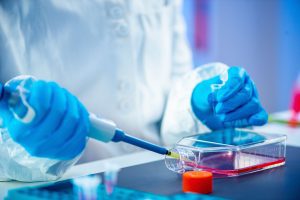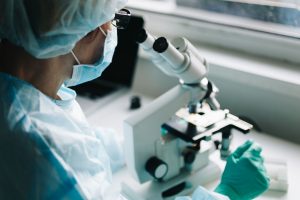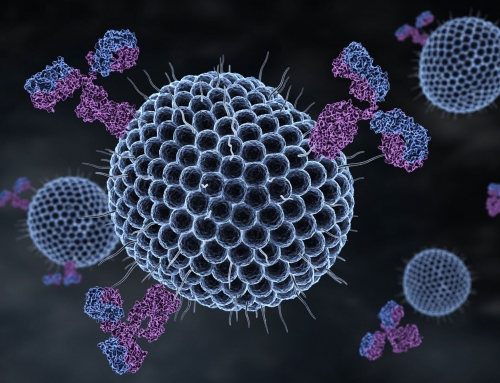Single-use tools may be one of the most effective solutions for avoiding contamination, but they do present several challenges.
Contamination can significantly derail the development of a biologic vaccine. When contaminated instruments come into contact with biologic samples, the resulting chemical reactions can ruin the batch by changing the composition of the product, forcing developers to spend valuable time and resources recreating the start conditions.
Single-use tools effectively eliminate the risk of residual contamination from earlier uses of the same equipment. And while these tools can be difficult to recycle, they also help reduce water and energy use. What’s more, single-use instruments reduce the time required to arrive at a trial-ready product by eliminating the need to clean and sterilize equipment between test batches.
This article will examine several key ways in which single-use instruments help avoid contamination and maximize efficiency in the development of biologic vaccines.
Single-use instruments help reduce costs at every stage of biologic vaccine development.

In a wide variety of ways, single-use tools help simplify the process of engineering a new vaccine. At the logistical level, these tools reduce the need for large storage spaces, which are often required for stainless steel equipment that must be stored when not in use. This means a lower amount of facility space is required for a biologic project in which single-use tools are utilized, and funds that might otherwise have been spent on storage space can now be directed toward better materials, additional staff, or other concerns more pertinent to the project’s success.
The development of cheaper, more durable single-use materials has also significantly lowered many auxiliary costs. For example, developers who replace of glass shake flasks with more durable plastic equivalents can deliver each batch at a lower overall cost, while also reducing the risk of product loss, which often occurred due to breakage of fragile glass containers. For this reason, disposable materials are increasingly being adopted not only in the biologic development environment itself, but also throughout the logistical pipeline.
Single-use tools also tend to be less expensive than their conventional counterparts, lowering the investment required to set up an initial research pipeline. By lowering the initial costs of developing a vaccine, single-use instruments help narrow the competitive gap between small institutions and large pharma firms, enabling more researchers from universities and new biotech companies to rapidly generate sufficient test material to proceed to the clinical trial stage.
A variety of single-use tools help prevent contamination in development environments.

Any time stainless steel equipment comes into contact with a protein, a risk of cross-contamination exists. To prevent equipment from becoming contaminated, pharma developers must sanitize each piece of equipment between each use. However, if a flask or a petri dish is only used once during the development of a biologic vaccine, the likelihood of contamination is significantly reduced.
By helping prevent contamination, single-use tools save time throughout the development process, by eliminating the need to clean equipment between uses, and to perform checks of each piece of equipment to ensure that cleaning has been performed effectively. This lack of need for cleaning also helps save water and power, further reducing the costs of completing experiments and bringing a new product to the clinical trial stage.
For example, the replacement of conventional incubators with disposable bags eliminates the need for autoclave sterilization during the early phases of cell expansion. This significantly reduces the requirement for sterile water, as well as the need for power required to produce steam for the autoclave. Simply replacing one type of equipment, at one stage of the process, greatly reduces the risk of inadvertent contamination, while also cutting unnecessary costs.
Single-use instruments still present several significant limitations for vaccine developers.

Despite all the benefits of single-use technologies, their usefulness is constrained by certain practical limitations. As noted in a study in the Computational and Structural Biotechnology Journal in 2016, for example, certain materials used in many single-use bioreactors place weight limits of 2000 liters on their storage capacity. This weight limitation may make single-use equipment inadequate for the clinical trial stage; which means that as the scale of production ramps up, biologic developers may be forced to switch to conventional stainless steel equipment, if the size of each batch demands it.
Additionally, environmental concerns have become significant for a number of single-use materials. Because these instruments are largely composed of plastics, their disposal generates a significant amount of waste each year. In addition, certain compounds used in these tools can react with chemicals used in vaccine development, forming compounds that may be difficult or even impossible to recycle.
Despite these challenges, single-use tools remain extremely useful in terms of preventing contamination, cutting down water and energy costs, and streamlining the development stage. For all these reasons, single-use tools are likely to become industry standard for a number of stages in the pharmaceutical development pipeline.




